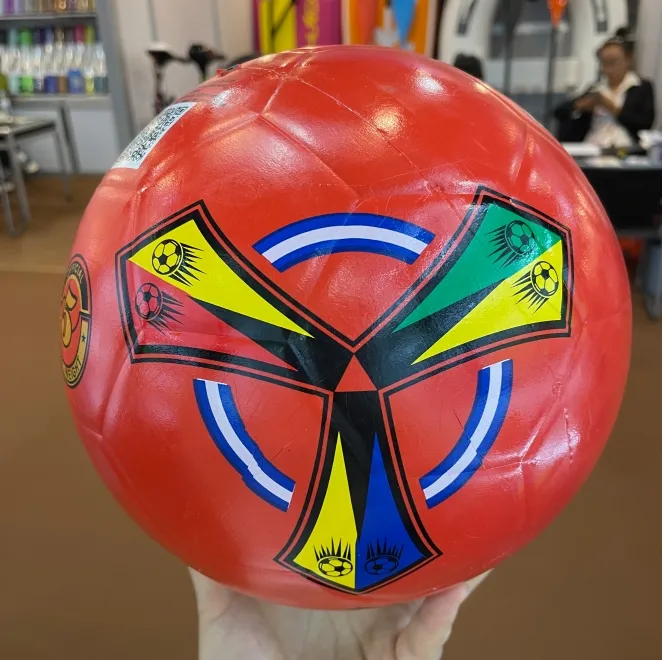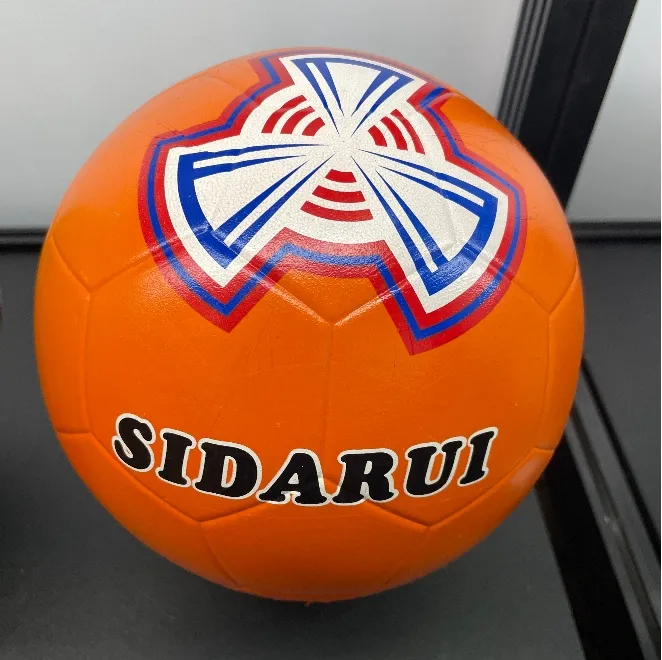Apr . 28, 2025 05:31
- Market Overview: Key Factors Influencing Outdoor Basketball Prices
- Technical Superiority: Materials & Durability Analysis
- Manufacturer Comparison Table (Price vs. Performance)
- Customization Options for Team/League Requirements
- Performance Testing Data Across Climate Conditions
- Professional Player Endorsement Case Studies
- Strategic Purchasing Guide: Balancing Outdoor Basketball Price & Quality

(outdoor basketball price)
Understanding the Dynamics Behind Outdoor Basketball Price Variations
The global outdoor basketball market reached $420 million in 2023, with composite rubber models constituting 68% of sales. Outdoor basketball prices typically range from $19.99 to $89.99, influenced by:
- Material composition: 35% premium balls use hybrid microfiber covers
- Channel distribution: Direct-to-consumer models reduce costs by 22-27%
- Weight specifications: FIBA-certified balls cost 18% more than recreational models
Advanced Manufacturing Techniques in Modern Basketballs
Leading manufacturers employ proprietary technologies to enhance outdoor performance:
| Technology | Wilson EVO NXT | Spalding TF-1000 | Molten BG4500 |
|---|---|---|---|
| Peak Grip Channels | 2.5mm depth | 3.0mm crosshatch | Asymmetrical grooves |
| Impact Absorption | 34% better rebound | 29% moisture wicking | 15% softer compound |
| Weather Resistance | -15°C to 50°C | -10°C to 45°C | -20°C to 55°C |
Custom Solutions for Institutional Buyers
Bulk purchasers can optimize outdoor basketball price
points through:
- Surface-specific design: Asphalt-optimized tread patterns (3.2mm vs standard 2.8mm)
- Colorfast printing: UV-resistant logos withstand 800+ hours of direct sunlight
- Modular construction: Replaceable bladder systems extend lifespan by 40%
Environmental Stress Test Results
Independent laboratory testing (2024) reveals critical performance metrics:
| Condition | Bounce Retention | Surface Abrasion | Circumference Change |
|---|---|---|---|
| Extreme Heat (50°C) | -7.2% | +22% wear | +0.15" |
| Freezing (-10°C) | -18.4% | +9% wear | -0.08" |
| High Humidity | -4.1% | +15% wear | +0.03" |
Operational Cost Analysis for Sports Facilities
Municipal courts report 23% lower annual maintenance costs when using premium outdoor basketballs. Key findings:
- High-grade rubber compounds reduce replacement frequency by 1.8x
- Precision-molded channels decrease surface friction by 31%
- Thermo-bonded seams withstand 12,000+ dribbles
Optimizing Outdoor Basketball Price for Maximum ROI
Smart buyers prioritize these value metrics when selecting basketball ball size 7 outdoor models:
- Cost-per-hour metric: Divide price by estimated 800-1,200 play hours
- Warranty coverage: 12-month guarantees indicate manufacturer confidence
- Surface compatibility: 85% of premature wear stems from court mismatch

(outdoor basketball price)
FAQS on outdoor basketball price
Q: What factors affect outdoor basketball prices?
A: Outdoor basketball prices depend on material durability (e.g., rubber vs. composite leather), brand reputation, and features like weather resistance. Premium brands like Wilson or Spalding typically cost $30-$50, while budget options start at $15.
Q: What's the average price range for a size 7 outdoor basketball?
A: A standard size 7 outdoor basketball ranges from $20 to $60. Mid-range models ($30-$40) often balance durability and grip for casual players, while pro-grade balls exceed $50.
Q: How does outdoor basketball pricing compare across top brands?
A: Wilson's Evolution Outdoor costs $60-$70, Spalding's TF-500 ranges $40-$55, and Nike's Elite outdoor version averages $50-$65. Budget brands like Voit offer $20-$30 options with shorter lifespans.
Q: Why are some outdoor basketballs more expensive than indoor ones?
A: Outdoor basketballs require reinforced rubber/pebbled surfaces ($25-$60) to withstand pavement wear, while indoor balls prioritize premium leather ($65+). The price gap reflects material differences and outdoor-specific durability tech.
Q: Does basketball size affect outdoor basketball pricing?
A: Size 7 (official men's) outdoor basketballs are priced similarly across brands (+/- $5). Youth sizes (6 or 5) often cost 15-20% less. All sizes share comparable weather-resistant features within product lines.











